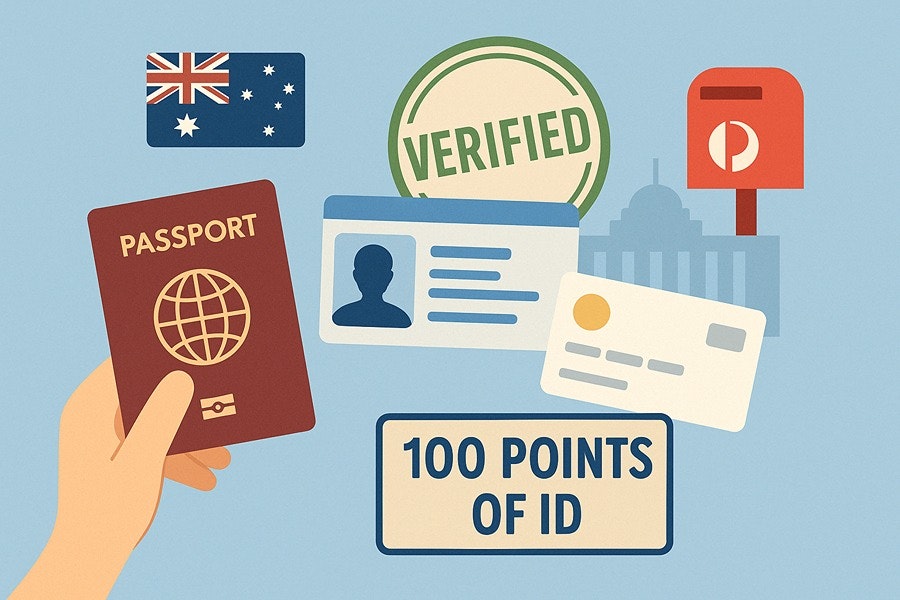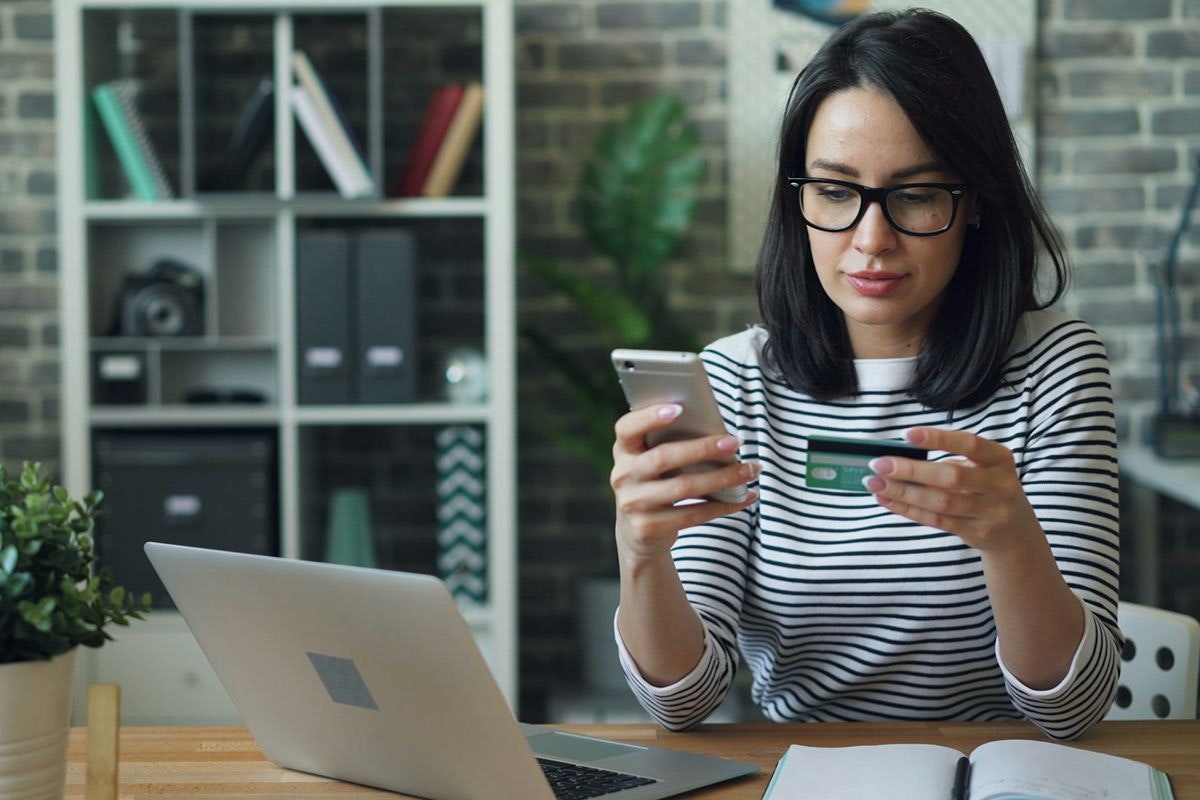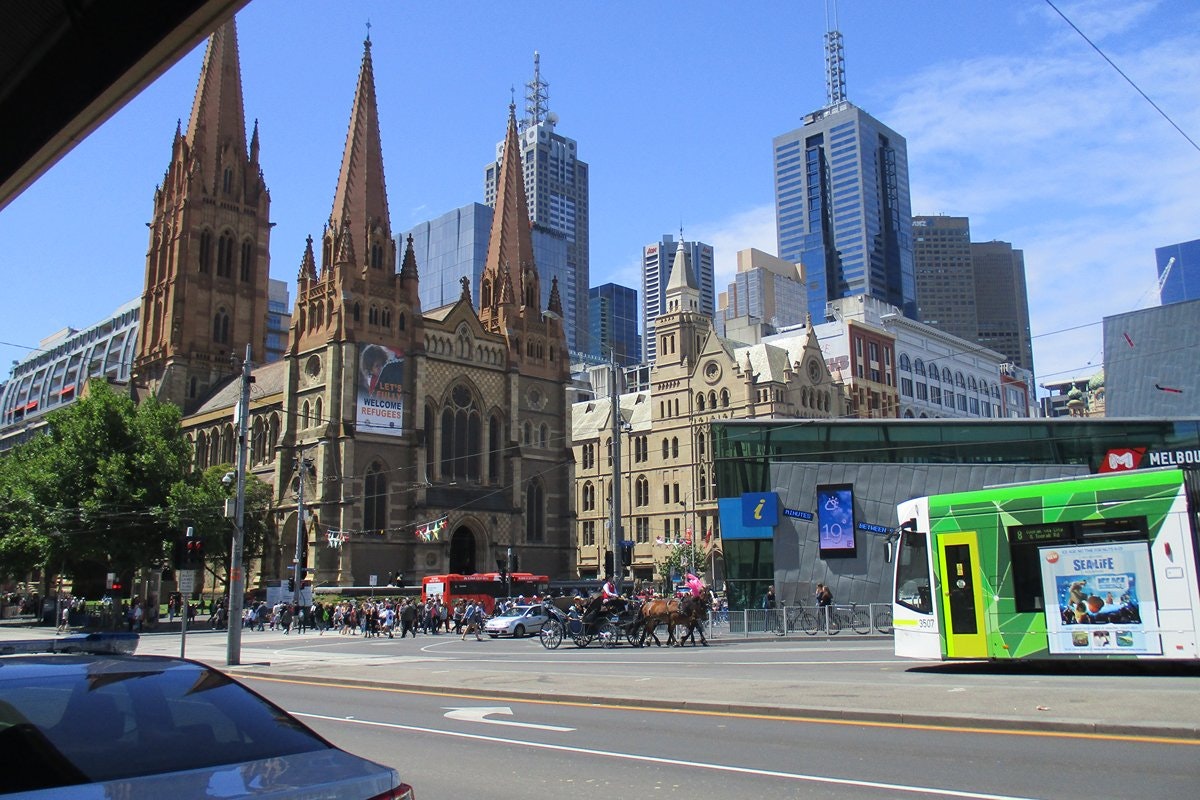How to verify your identity in Australia
New to Australia? Learn how to verify your identity, who can certify your documents, and what you need as a newcomer to handle the processes smoothly

By:
LINA AVILA HENAO
Last Updated:
Apr 22, 2025
Tags:
#daily-life
In this article
If you've just arrived in Australia, sooner or later you'll come across this concept: verifying your identity. And if you're from Latin America, you've probably never thought about this in such depth before.
In Australia, proving who you are isn’t just about showing your passport. Often, you’ll be asked to verify your documents in a specific and formal way.
Why do you need to verify your identity?
If you're not an Australian citizen, companies, government agencies, or any institution need to ensure that the documents you bring from your home country are legitimate. This applies to processes such as:
Applying for a visa
Extending your visa
Obtaining local credentials (like the Working With Children Card)
Opening a bank account
Renting a property
Signing contracts
Or even starting certain jobs
How do Australians verify their identity?
Easy — they show their driver’s licence. This document is the gold standard. It’s the equivalent of a national ID in many Latin American countries, and it's used in all kinds of situations.
How do foreigners verify their identity?
Our primary document is the passport. But here’s an important detail: many processes in Australia are online, and you’ll need to upload documents to a platform. You obviously can't send your original passport, so you have to upload a certified copy.
What does that mean?
An authorized person in Australia must view your original document, compare it to the copy, and sign a declaration that the copy is a true likeness of the original.
Also, if your document is in Spanish (such as a certificate, diploma, licence, or birth certificate), it must be translated into English by a NAATI-certified translator.
Who can verify your identity in Australia?
Not just anyone — only certain professionals are legally authorized to certify documents. Some examples include:
Pharmacists (you can find them at Chemist Warehouse)
Australia Post officers
Police officers
Lawyers
Doctors
Accountants
Justices of the Peace (JP)
Where have I successfully verified my identity?
1. Chemist Warehouse (Pharmacy)
Chemist Warehouse is a popular pharmacy chain with hundreds of locations across Australia.
Lina's experience
My first experience verifying documents: I asked the pharmacist if it was possible to certify some documents. He said yes, but asked me to wait a few minutes until he was less busy. After a short wait, he reviewed the original passport, compared it with the copy, signed it, and added his registration number along with an official stamp. This service is free, but you’ll need to be patient, as pharmacists may not always be available right away.
2. Australia Post / Post Office
Australia Post is the country’s official postal service — similar to “Correos” in Latin America. Besides sending and receiving mail (like Servientrega or 4-72 in Colombia), they offer a variety of services that are helpful for newcomers.
For example, you can certify documents, pay bills, or transfer money. You can also buy SIM cards and mobile recharge services (great when you've just arrived and need a phone plan), and purchase packaging supplies, stationery, or gift cards.
One of the most unexpected services for me? You can even get your passport photos taken — kind of like a mini photo studio.
Lina's experience
The Australia Post staff are efficient and trained for various types of processes. In my opinion, they’re always willing to help, so I definitely recommend going there to verify your identity.
What is the Points System for Identity Verification in Australia?
For many formal processes in Australia, there’s something called the “100 points of ID” system. It means you need to present documents that, combined, add up to at least 100 points to prove your identity.
Each document has a point value, depending on its level of security and reliability. For example:
Valid passport → 70 points
Australian driver’s licence → 40 points
Medicare card → 25 points
Rental agreement, electricity, gas, or internet bill in your name → 25 points
Bank card → 25 points
Typically, as a foreigner, your passport gives you the 70 core points, and then you’ll need to add documents that show your connection to Australia (like utility bills or local credentials) to reach 100.
This system is commonly used for things like opening a bank account, getting a licence, verifying your identity online, or renting a property.
Lina's experience
One of the documents I used to boost my ID points was the Working With Children Card. When I arrived in Australia, it was the first official process I completed. It’s an official accreditation presented as a plastic ID card, and it’s a legal requirement for any job involving contact with minors. To obtain it, you need to pass a criminal background check and submit the required documentation to the evaluating authority. In my case, I applied for this card because I worked in school cleaning — and having the credential was mandatory to be eligible for that role.
Final Tips
Always bring your original documents when you need to certify copies.
Include NAATI translations for any non-English documents.
Keep certified copies of your documents on hand — they can save you time when you’re in a hurry and don’t want to repeat the verification process.
To finalise
Verifying your identity in Australia might seem complicated at first, especially if you come from a country where these processes aren’t as common. However, once you know who can certify your documents and how the points system works, you'll be ready to handle any situation that requires it.
My advice is to always keep certified copies of your key documents and start building your record with local documents as soon as possible. It will save you time and make many processes much easier during your stay in Australia.


